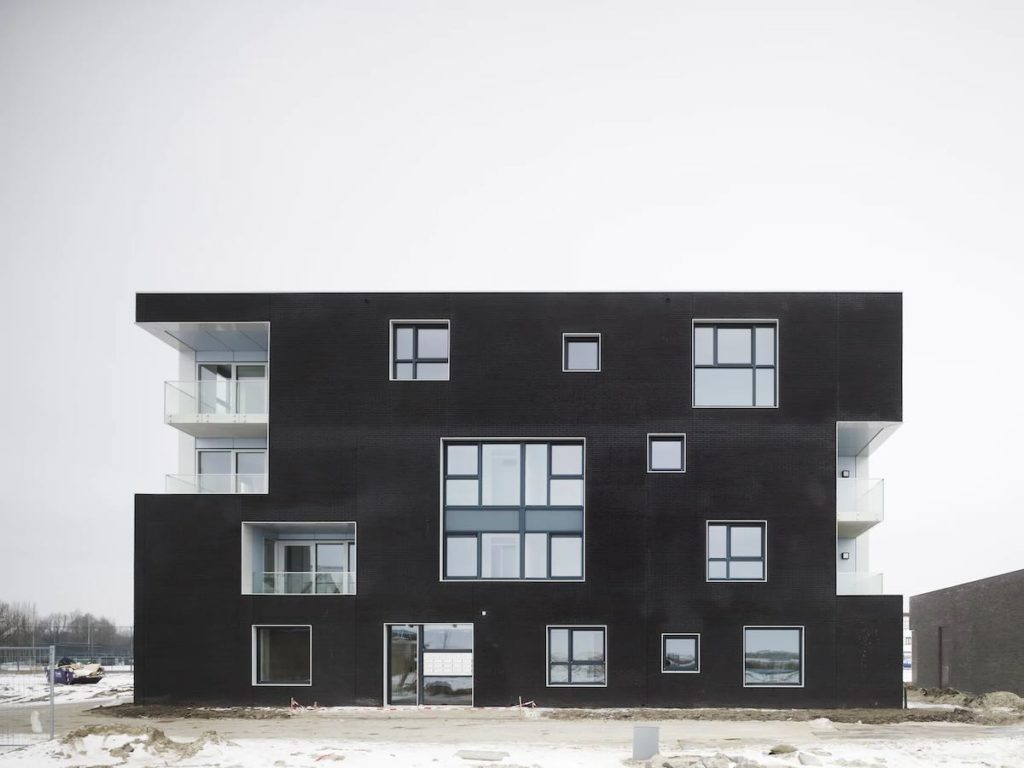Places to Live – Cities and Towns 4

So how did Finland accomplish these results?
As already set out in an earlier instalment, Article 19.4 of the Finnish Constitution establishes housing as a basic human right in. Finland bases its resultant strategy on four guiding principles to eliminate homelessness:
1 – Housing enables independent Lives
The homeless can go straight to living in a rental apartment without temporary arrangements. Health and social problems are only addressed once housing is permanent and safe. For some, the best model is an ordinary rental apartment. And, others need to live in a housing unit where there is support around the clock, seven days a week.
2 – Respect of Choice
The homeless are clients. As clients, they can choose services. The substance dependent do not need to give up intoxicants. The goal is to reduce use and harm and to work toward elimination. Services are structured to respect the autonomy of the client and strengthen participation.
3 – Resident Empowerment and Rehabilitation
In all interactions, clients are treated as equals, with dignity and respect. The objective is a trust based relationship that allows clients to manage their individual situations on their own terms. This requires stripping advisors and counsellors of “power” and adopting new approaches to find appropriate long term solutions to client issues. Even the smallest of everyday achievements is celebrated.
4 – Community Integration
Residents get help to make their new dwelling a home. Clients get a lease – just this creates a feeling of permanence. Clients get help maintaining or re-establishing supportive networks such as with family and friends. Housing First has established a systematic approach to neighbourhood connection. This development of a strong sense of community helps residents realize that they are part of something important and empowering.
And Three Tactical Elements
- Social benefits covering 80% of housing costs for no or low income people plus emergency funding to complement the housing allowance when the 80% is insufficient.
- The integration of efforts to fight homelessness with other parts of the social safety net. If any part of the social safety net system identifies a housing need, they address that issue first – no need to already have an address or any identifiable sources of income. How can someone get effective help for addiction or mental health issues when at night, he or she has to return to the street ? It is hard to hold down a job without a place to wash and get a decent, safe night of sleep. School-age children that have lost homes because of rising rents, can’t study in the back seat of a car.
- Increased social housing supply which includes independent apartments, new government-built and owned apartments, and the conversion of existing shelters for independent but supported living.
These three elements have to be in harmony because:
- Without supply, identified clients with capacity to pay have nowhere to go
- Without capacity to pay, identified clients cannot take advantage of supply
- No clients identified, the supply of housing and relevant allowances are useless.
Implicit in the above is that all stakeholders in the effort to eliminate homelessness, work together. This includes all levels of government, social services, housing authorities, and the agencies engaged in serving the homeless.
Housing First is embraced by numerous jurisdictions but they fall short when asked to set policies that imbed Housing as a Human Right which then, as in Finland’s case, requires that social housing be funded, built and maintained. Instead, in Ontario, we have the More Homes Built Faster Act which will achieve neither and especially will not reduce homelessness by one individual.
Victor Willis, Executive Director, The Parkdale Activity Recreation Centre, Toronto
Finland’s steadfast application of its Housing First policy demonstrates that eliminating homelessness of the vulnerable is possible.






